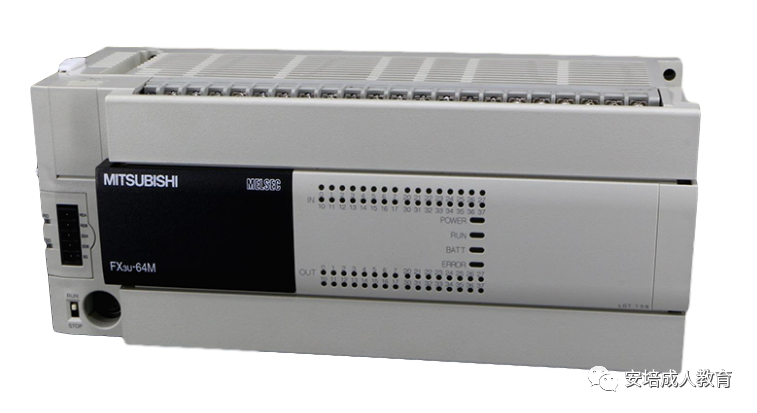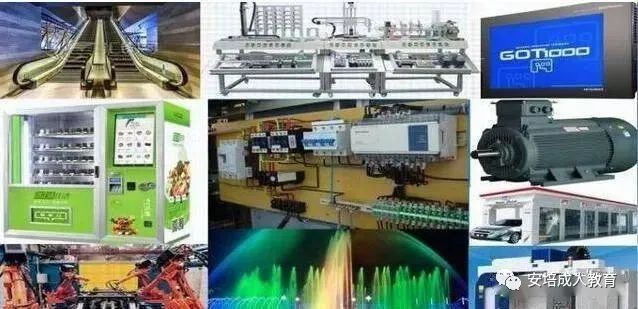1. What Is PLC?
The International Electrotechnical Commission (IEC) defines PLC as:
A programmable logic controller is an electronic system that performs digital operations and is designed for applications in industrial environments. It uses programmable memory to store instructions for executing logic operations, sequential control, timing, counting, and arithmetic operations, and controls various types of machinery production processes through digital and analog inputs and outputs. It is designed to integrate easily with non-industrial systems and to be easily expandable in functionality.

PLC, CAD/CAM, and robotics are known as the three pillars of modern industrial production automation.
IEC: International Electro Technical Commission.
CAD/CAM: Computer Aided Design/Manufacturing.
2. Where Did PLC Come From?
In 1968, General Motors (GM), the largest automobile manufacturer in the United States, proposed ten technical specifications to adapt to the continuously updated automotive production processes and publicly solicited bids to manufacture a new type of industrial control device.
In 1969, the American company DEC developed the world’s first PLC;
In 1971, Japan produced microprocessor-based PLCs, and in 1973, Europe began production;
In 1974, China began research; by the 1980s, PLC technology matured and entered the application phase.

3. Members of the PLC Family
USA: AB (Allen-Bradley) Company, GE (General Electric) Company, Emerson Company;
Japan: Mitsubishi Company, OMRON, Panasonic;
Germany: SENMENS;
France: Schneider Company;
Switzerland: ABB;
Domestic: Holley, Xinjie, Nanda Aotuo, Yonghong, Delta, etc.;
Mitsubishi: FX series (FX2N/FX3U/FX3G) (small), Q series (medium).
4. Typical Applications of PLC
PLC has been widely used in various industries at home and abroad, including steel, petroleum, chemical, electric power, building materials, machinery manufacturing, automotive, light textile, transportation, environmental protection, and cultural entertainment. The types of applications can generally be categorized as follows:
(1) Logic control of switching quantities. Replacing traditional relay control, it achieves logic control and sequential control, which can be used for controlling single equipment or automated production lines.
(2) Motion control. Refers to the use of PLC with displacement control modules to control stepper motors and servo motors for motion control of mechanical components.
(3) Data processing. Modern PLCs have functions for mathematical operations (including matrix operations, logic operations, function operations), data conversion, data transmission, sorting, table lookup, bit manipulation, etc., enabling data collection, analysis, and processing.
(4) Process control. Process control refers to the closed-loop control of analog quantities such as temperature, pressure, and flow. PID regulation is a commonly used method in general closed-loop control systems. Currently, medium and large PLCs and some small PLCs have PID modules.
(5) Communication and networking. PLC communication includes communication between PLCs and communication between PLCs and other intelligent devices. Newly produced PLCs have serial communication interfaces, allowing for easy implementation of production automation and remote control.

Specific applications in daily production and life include: escalators in shopping malls, elevators in residential buildings, construction site hoists, vending machines, musical fountains in squares, stage lighting control, automatic lift/rotating doors, automatic car washes, etc.
Becoming a PLC technology engineer makes salary increases and promotions easy!

Some articles are sourced from the internet | infringement will be deleted